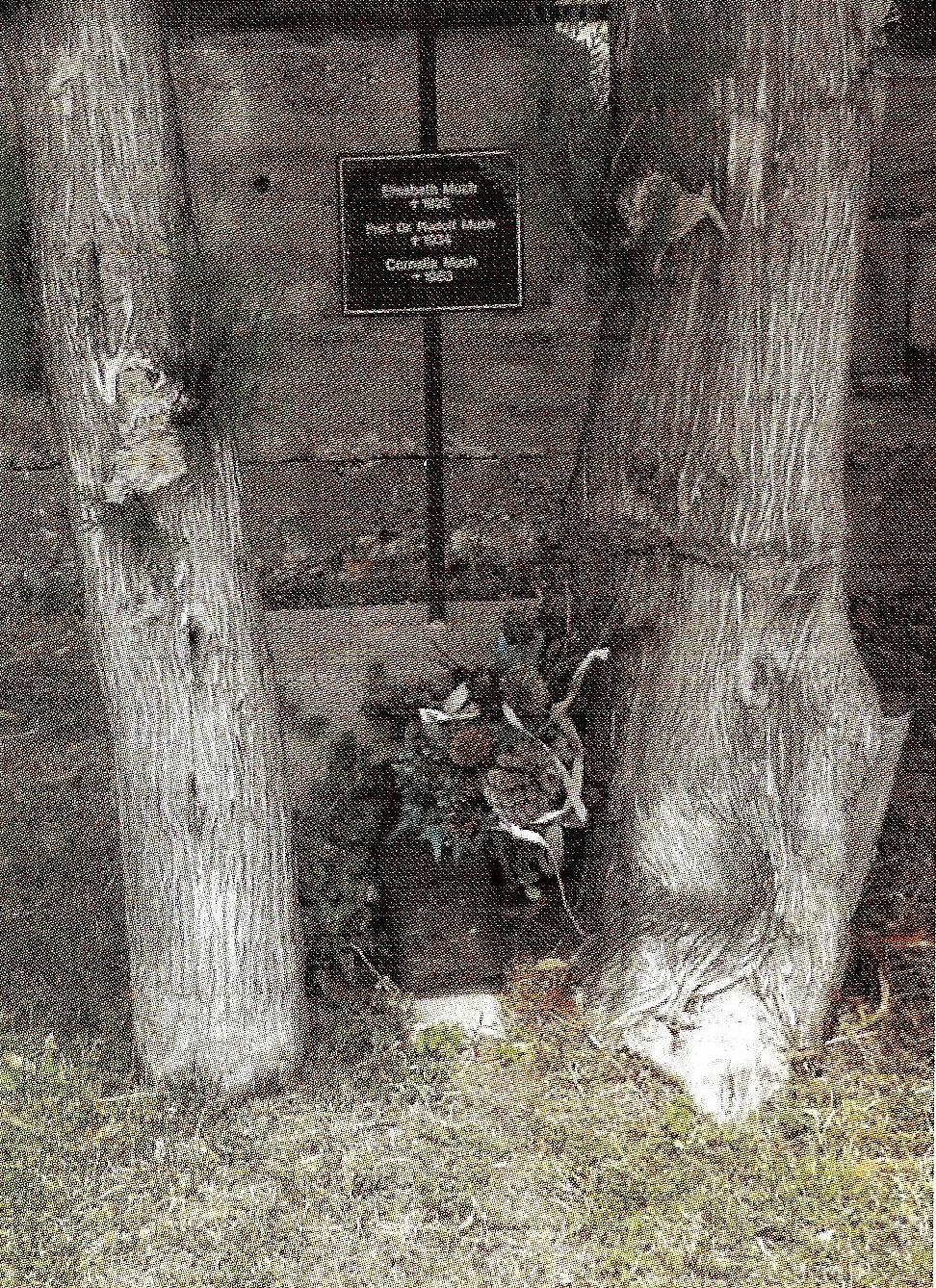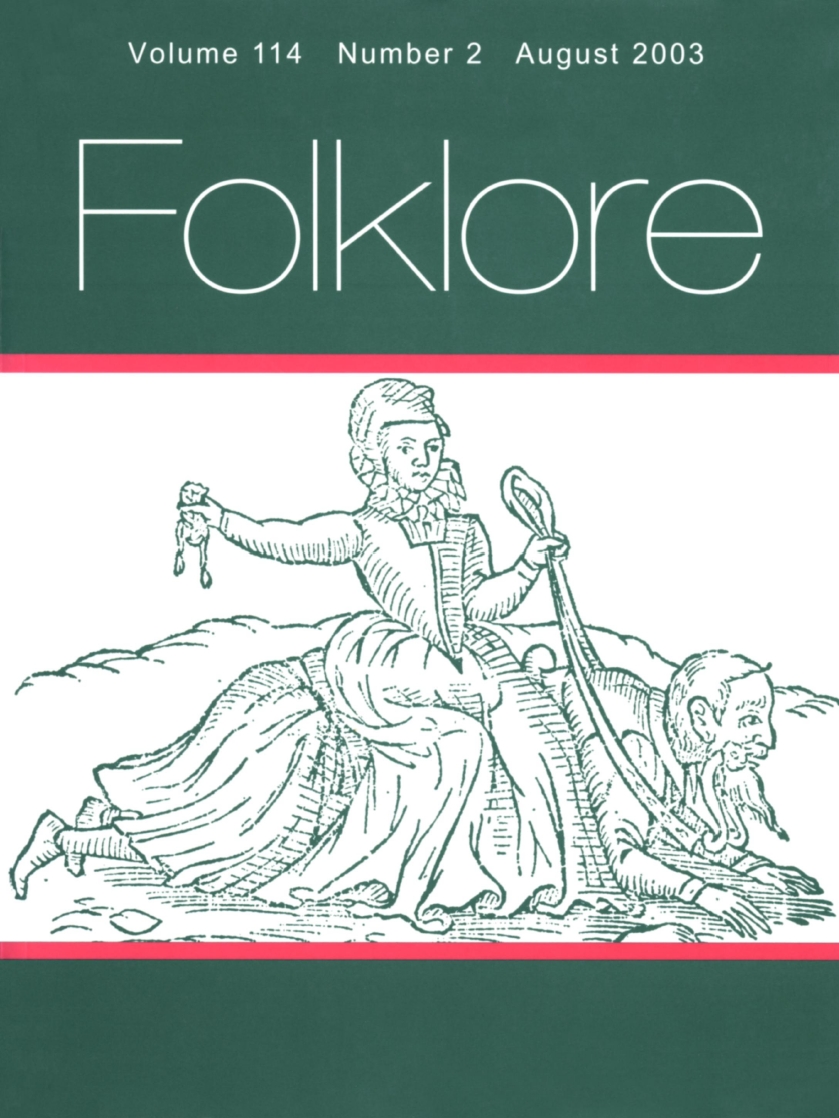|
Karl Helm
Karl Helm (full name Karl Hermann Georg Helm, born 19 May 1871 in Karlsruhe, died 9 September 1960 in Marburg) was a German philologist who specialized in Germanic studies Biography Karl Helm was born in Karlsruhe, Germany on 19 May 1871. He studied German philology in Heidelberg and Freiburg, earning his doctorate in 1895 with a study on 16th-century poetry. Helm's habilitation was on the literature surrounding the Teutonic Order, published 1899 in Giessen. After teaching in Giesen, Würzburg and Frankfurt, he received tenure in Marburg as professor for early Germanic philology (''Altgermanistik'') in 1921. Helm took over editorship of the ''Althochdeutsche Grammatik'', ''Althochdeutsches Lesebuch'' and ''Gotische Grammatik'' from Wilhelm Braune, all standard works in Germanic studies. His own research focused on Middle High German, Old High German, Germanic folklore and religion. students of Helm include Karl Bischoff, , Hans Kuhn, Nechama Leibowitz, Eduard Neumann and Jost ... [...More Info...] [...Related Items...] OR: [Wikipedia] [Google] [Baidu] |
Germanic Linguistics
Germanic philology is the philological study of the Germanic languages, particularly from a comparative or historical perspective. The beginnings of research into the Germanic languages began in the 16th century, with the discovery of literary texts in the earlier phases of the languages. Early modern publications dealing with Old Norse culture appeared in the 16th century, e.g. ''Historia de gentibus septentrionalibus'' (Olaus Magnus, 1555) and the first edition of the 13th century ''Gesta Danorum'' (Saxo Grammaticus), in 1514. In 1603, Melchior Goldast made the first edition of Middle High German poetry, Tyrol and Winsbeck, including a commentary which focused on linguistic problems and set the tone for the approach to such works in the subsequent centuries. He later gave similar attention to the Old High German Benedictine Rule. In England, Cotton's studies of the manuscripts in his collection marks the beginnings of work on Old English language. The pace of publication increase ... [...More Info...] [...Related Items...] OR: [Wikipedia] [Google] [Baidu] |
Andreas Heusler
Andreas Heusler (10 August 1865 – 28 February 1940) was a Swiss philologist who specialized in Germanic studies. He was a Professor of Germanic Philology at the University of Berlin and a renowned authority on early Germanic literature. Life Andreas Heusler was born into a prestigious family in Basel, the third in a line of fathers and sons bearing the same name (his father was Andreas Heusler (1834–1921) and his grandfather Andreas Heusler (1802–1868); both worked in law and government). Andreas enjoyed a stellar career as a student in Basel, Freiburg im Breisgau, and Berlin, completing his studies in 1887 in Freiburg with the doctoral thesis "Beitrag zum Consonantismus der Mundart von Baselstadt". In 1890, when Heusler was 25 years old, he began lecturing in Berlin and was a professor of Nordic textual studies there from 1894 to 1913. He focused on research into Old Norse literature, especially the Poetic Edda and ''Íslendingasögur'', translating many works into German ... [...More Info...] [...Related Items...] OR: [Wikipedia] [Google] [Baidu] |
Rudolf Much
Rudolf Much (7 September 1862 – 8 March 1936) was an Austrian philologist and historian who specialized in Germanic studies. Much was Professor and Chair of Germanic Linguistic History and Germanic Antiquity at the University of Vienna, during which he tutored generations of students and published a number of influential works, some of which have remained standard works up to the present day. Biography Rudolf Much was born in Vienna, Austria on 7 September 1862. He was the son of the lawyer Dr. Matthäus Much (1832–1909), who was also a prehistorian. At an early age, Much gained extensive knowledge of ancient history form his father. From 1880 he studied classical philology, German philology and Nordic philology at the University of Vienna. Passing his exams with great distinction, Much gained his PhD in 1887 with the dissertation ''On the Prehistory of Germany'' (''Zur Vorgeschichte Deutschlands''), and completed his habilitation in Germanic studies in 1892–1893 with ... [...More Info...] [...Related Items...] OR: [Wikipedia] [Google] [Baidu] |
Vow Of Allegiance Of The Professors Of The German Universities And High-Schools To Adolf Hitler And The National Socialistic State
Bekenntnis der Professoren an den Universitäten und Hochschulen zu Adolf Hitler und dem nationalsozialistischen Staat officially translated into English as the Vow of allegiance of the Professors of the German Universities and High-Schools to Adolf Hitler and the National Socialistic State was a document presented on 11 November 1933 at the Albert Hall in Leipzig. It had statements in German, English, Italian, and Spanish by selected German academics and included an appendix of signatories. The purge to remove academics and civil servants with Jewish ancestry began with a law being passed on 7 April 1933. This document was signed by those that remained in support of Nazi Germany. Martin Heidegger in his inaugural lecture in May 1933 as ''Rektor'', and who was later in October appointed "Führer of the university", said (translated): "The much celebrated "academic freedom" is being banished from the German university; for this freedom was not genuine, since it was only negative. ... [...More Info...] [...Related Items...] OR: [Wikipedia] [Google] [Baidu] |
Nazi Party
The Nazi Party, officially the National Socialist German Workers' Party (german: Nationalsozialistische Deutsche Arbeiterpartei or NSDAP), was a far-right politics, far-right political party in Germany active between 1920 and 1945 that created and supported the ideology of Nazism. Its precursor, the German Workers' Party (; DAP), existed from 1919 to 1920. The Nazi Party emerged from the Extremism, extremist German nationalism, German nationalist, racism, racist and populism, populist paramilitary culture, which fought against the communism, communist uprisings in post–World War I Germany. The party was created to draw workers away from communism and into nationalism. Initially, Nazi political strategy focused on anti–big business, anti-bourgeoisie, bourgeois, and anti-capitalism, anti-capitalist rhetoric. This was later downplayed to gain the support of business leaders, and in the 1930s, the party's main focus shifted to Antisemitism, antisemitic and Criticism of ... [...More Info...] [...Related Items...] OR: [Wikipedia] [Google] [Baidu] |
Militant League For German Culture
The English word ''militant'' is both an adjective and a noun, and it is generally used to mean vigorously active, combative and/or aggressive, especially in support of a cause, as in "militant reformers". It comes from the 15th century Latin "''warrior''" meaning "to serve as a soldier". The related modern concept of the militia as a defensive organization against invaders grew out of the Anglo-Saxon fyrd. In times of crisis, the militiaman left his civilian duties and became a soldier until the emergency was over, when he returned to his civilian occupation. The current meaning of ''militant'' does not usually refer to a registered soldier: it can be anyone who subscribes to the idea of using vigorous, sometimes extreme, activity to achieve an objective, usually political. A "militant oliticalactivist" would be expected to be more confrontational and aggressive than an activist not described as militant. Militance may or may not include physical violence, armed combat, terro ... [...More Info...] [...Related Items...] OR: [Wikipedia] [Google] [Baidu] |
German National People's Party
The German National People's Party (german: Deutschnationale Volkspartei, DNVP) was a national-conservative party in Germany during the Weimar Republic. Before the rise of the Nazi Party, it was the major conservative and nationalist party in Weimar Germany. It was an alliance of conservative, nationalists, reactionary monarchists, völkisch and antisemitic elements supported by the Pan-German League.Nicholls, David (2000) ''Adolf Hitler: a biographical companion'' Oxford: ABC-CLIO. p.178. Quote: "The main nationalist party the German National People's Party DNVP was divided between reactionary conservative monarchists, who wished to turn the clock back to the pre-1918 Kaisereich, and more radical volkisch and anti-semitic elements. It also inherited the support of old Pan-German League, whose nationalism rested on belief in the inherent superiority of the German people" It was formed in late 1918 after Germany's defeat in World War I and the November Revolution that toppled ... [...More Info...] [...Related Items...] OR: [Wikipedia] [Google] [Baidu] |
National Conservative
National conservatism is a nationalist variant of conservatism that concentrates on upholding national and cultural identity. National conservatives usually combine nationalism with conservative stances promoting traditional cultural values, family values and opposition to immigration. It shares characteristics with traditionalist conservatism and social conservatism since all three variations focus on preservation and tradition. As national conservatism seeks to preserve national interests, traditionalist conservatism emphasizes the preservation of social order. Additionally, social conservatism emphasizes traditional family values which regulate moral behavior to preserve one's traditional status in society. National conservative parties often have roots in environments with a rural, traditionalist or peripheral basis, contrasting with the more urban support base of liberal-conservative parties. In Europe, most embrace some form of Euroscepticism.Traynor, IanThe EU's weary tra ... [...More Info...] [...Related Items...] OR: [Wikipedia] [Google] [Baidu] |
Folkloristics
Folklore studies, less often known as folkloristics, and occasionally tradition studies or folk life studies in the United Kingdom, is the branch of anthropology devoted to the study of folklore. This term, along with its synonyms, gained currency in the 1950s to distinguish the academic study of traditional culture from the folklore artifacts themselves. It became established as a field across both Europe and North America, coordinating with ''Volkskunde'' (German), ''folkeminner'' (Norwegian), and ''folkminnen'' (Swedish), among others. Overview The importance of folklore and folklore studies was recognized globally in 1982 in the UNESCO document "Recommendation on the Safeguarding of Traditional Culture and Folklore". UNESCO again in 2003 published a Convention for the Safeguarding of the Intangible Cultural Heritage. Parallel to these global statements, the American Folklife Preservation Act (P.L. 94-201), passed by the United States Congress in conjunction with the Bicenten ... [...More Info...] [...Related Items...] OR: [Wikipedia] [Google] [Baidu] |
Old High German
Old High German (OHG; german: Althochdeutsch (Ahd.)) is the earliest stage of the German language, conventionally covering the period from around 750 to 1050. There is no standardised or supra-regional form of German at this period, and Old High German is an umbrella term for the group of continental West Germanic dialects which underwent the set of consonantal changes called the Second Sound Shift. At the start of this period, the main dialect areas belonged to largely independent tribal kingdoms, but by 788 the conquests of Charlemagne had brought all OHG dialect areas into a single polity. The period also saw the development of a stable linguistic border between German and Gallo-Romance, later French. The surviving OHG texts were all written in monastic scriptoria and, as a result, the overwhelming majority of them are religious in nature or, when secular, belong to the Latinate literary culture of Christianity. The earliest written texts in Old High German, glosses and i ... [...More Info...] [...Related Items...] OR: [Wikipedia] [Google] [Baidu] |
Middle High German
Middle High German (MHG; german: Mittelhochdeutsch (Mhd.)) is the term for the form of German spoken in the High Middle Ages. It is conventionally dated between 1050 and 1350, developing from Old High German and into Early New High German. High German is defined as those varieties of German which were affected by the Second Sound Shift; the Middle Low German and Middle Dutch languages spoken to the North and North West, which did not participate in this sound change, are not part of MHG. While there is no ''standard'' MHG, the prestige of the Hohenstaufen court gave rise in the late 12th century to a supra-regional literary language (') based on Swabian, an Alemannic dialect. This historical interpretation is complicated by the tendency of modern editions of MHG texts to use ''normalised'' spellings based on this variety (usually called "Classical MHG"), which make the written language appear more consistent than it actually is in the manuscripts. Scholars are uncertain as to ... [...More Info...] [...Related Items...] OR: [Wikipedia] [Google] [Baidu] |



.jpg)
